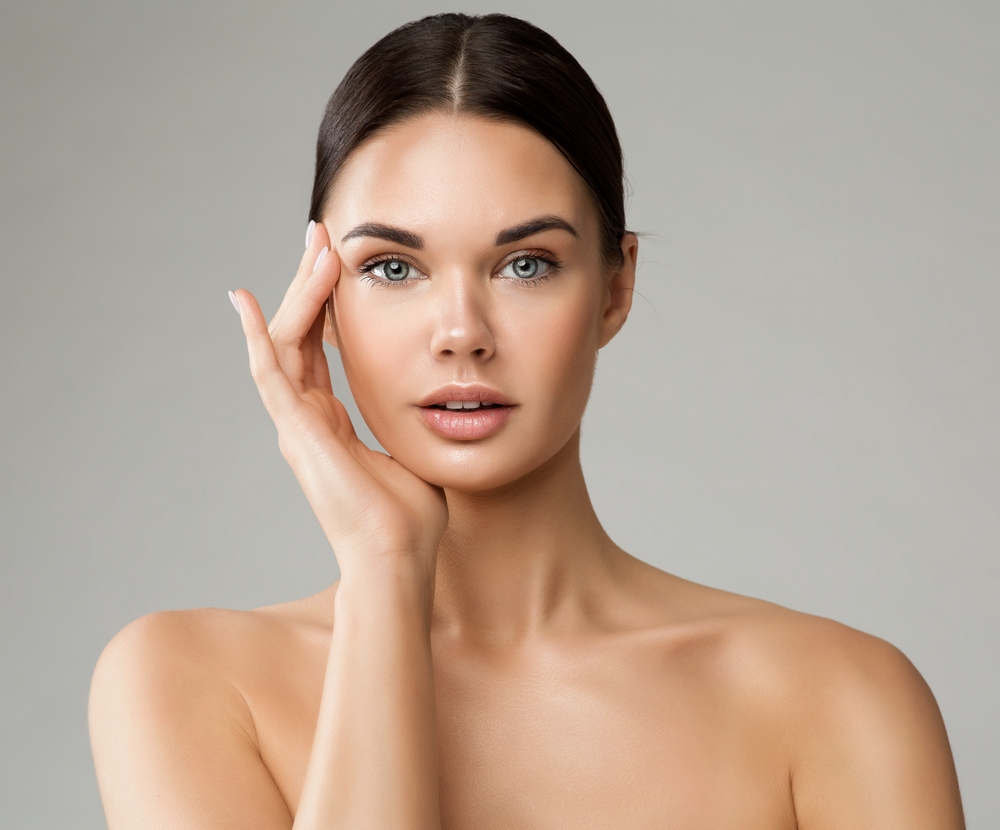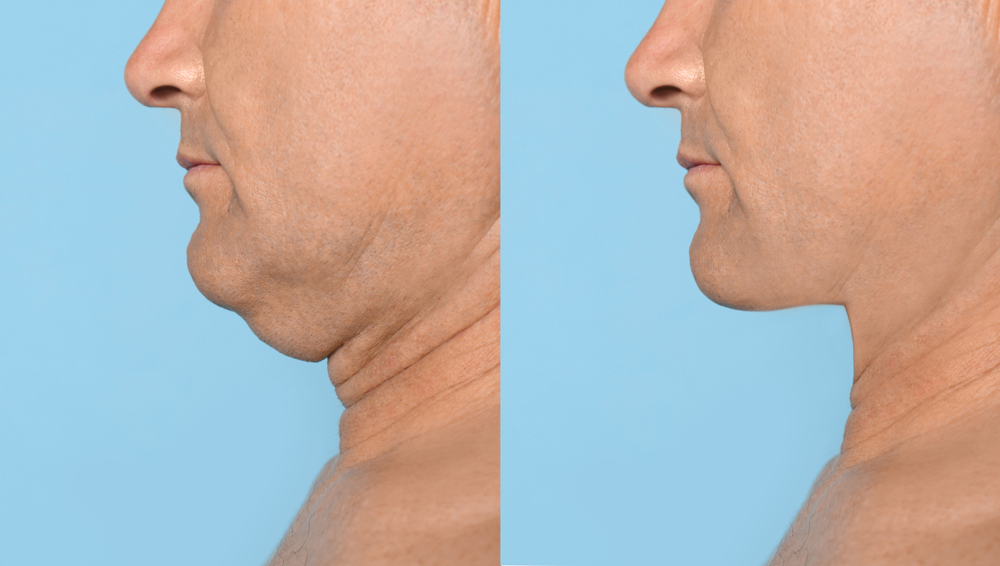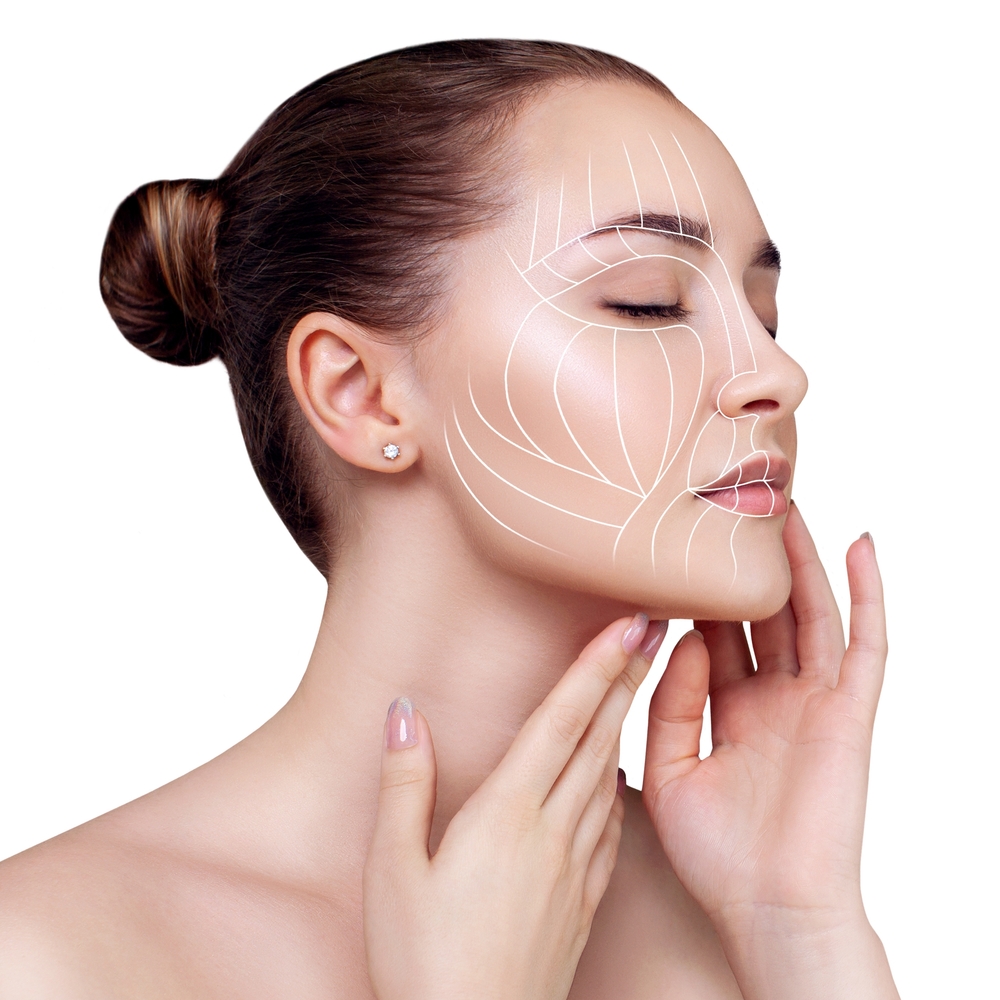Botox, a popular cosmetic treatment, is known for its ability to reduce the appearance of wrinkles and fine lines by temporarily paralyzing specific facial muscles. At Bellaire Dermatology in Houston, TX, many patients are curious about the timeframe in which Botox begins to reveal its effects. This guide provides a comprehensive understanding of the Botox treatment process, from the initial injection to the visible manifestation of results. By exploring the factors that influence the onset of Botox’s effects, you will gain insight into what to expect in the days following your treatment.
What Is Botox?
Botox, a brand name for a neurotoxic protein called botulinum toxin, is widely used in cosmetic and medical treatments. It is produced by the bacterium Clostridium botulinum. In cosmetic applications, Botox is primarily used to reduce the appearance of facial wrinkles by temporarily paralyzing muscles. It is injected in small, controlled doses, relaxing the muscles and smoothing the overlying skin, thereby reducing lines and wrinkles.
How Long Does It Take for Botox to Show Results?
The onset of Botox’s effects typically varies, but generally, initial results become noticeable within a few days after the injection. Most individuals start to see noticeable improvements in the appearance of their wrinkles or treated areas within three to five days. However, it can take up to two weeks for the full effects of Botox to be completely visible.
What Are the Factors That Affect the Results of Botox?
Dosage of Botox
The amount of Botox injected plays a crucial role in determining how quickly and effectively results appear. A higher dosage may yield faster and more pronounced results but also increases the risk of side effects.
Individual’s Skin Type and Muscle Strength
People with thinner skin or less muscle mass may see results quicker, as the toxin can work more directly on the muscles. On the other hand, those with thicker skin or stronger facial muscles might experience a delayed onset of effects.
Area of Treatment
Different facial areas respond differently to Botox. For instance, fine lines around the eyes may show quicker improvement than deeper forehead creases due to variations in muscle thickness and skin elasticity.
Individual Metabolism
Each person’s body metabolizes Botox at a different rate. Those with a faster metabolism may notice the effects wearing off sooner, whereas individuals with a slower metabolism might enjoy longer-lasting results.
Previous Botox Treatments
Individuals who have had repeated Botox treatments in the same area may notice that results appear faster and last longer. Repeated treatments can have a cumulative effect on the targeted muscles.
How Long Does Botox Last?
The duration of Botox’s effects can vary, but typically, Botox injections last between three and six months. The longevity of its effects depends on several factors, including the dosage used, the area treated, and the individual’s muscle strength and metabolism. Over time, the treated muscles gradually regain their activity, leading to the return of wrinkles and lines. Regular maintenance treatments are often recommended for sustained results.
How Can You Take Care of Your Skin Post-Treatment?
Taking proper care of your skin after a Botox treatment is essential for maximizing the treatment’s benefits and ensuring a smooth recovery. Here are some key guidelines:
Avoid Touching or Massaging the Treated Area
For at least 24 hours post-treatment, avoid rubbing or massaging the injected areas. This helps prevent the Botox from spreading to unintended muscles.
Stay Upright
It’s recommended to remain upright and avoid bending over for a few hours after the treatment. This helps in keeping the Botox in the intended area.
Limit Physical Activity
Avoid strenuous physical activities and exercise for at least 24 hours after treatment. Increased blood flow could diffuse the Botox away from the targeted area.
Be Gentle with Skincare
When cleansing or applying makeup, be gentle with your skin. Avoid heavy or abrasive treatments, and use a gentle touch to avoid putting pressure on the treated areas.
Stay Hydrated and Maintain a Healthy Diet
Hydration is vital for skin health; drinking ample water can help keep your skin looking fresh and may extend the effects of Botox. Eating a balanced diet rich in vitamins and nutrients also plays a crucial role in maintaining healthy skin, which can complement the results of Botox treatments.
Avoid Blood-Thinning Medications and Supplements
Blood-thinning substances like aspirin, ibuprofen, and vitamin E should be avoided post-Botox treatment as they can increase the likelihood of bruising at the injection sites. These medications and supplements can interfere with normal blood clotting, heightening the risk of bruising and potentially impacting the treatment’s outcome.
Avoid Heat Exposure
Post-treatment, avoiding activities that expose you to high temperatures, such as using saunas, hot tubs, or prolonged sunbathing, is important. Excessive heat can cause blood vessels to dilate, leading to increased swelling and bruising, which can adversely affect the Botox treatment results.
Unlock the Full Potential of Botox in Houston, TX
While patients may start noticing changes soon after receiving Botox injections, it typically takes seven to 14 days for the full effects to become apparent. Understanding the timeframe and factors influencing results can help manage expectations. By following post-treatment care instructions and maintaining regular follow-ups, patients can maximize the benefits of Botox treatments, enjoying smoother, younger-looking skin for an extended period.
Bellaire Dermatology in Houston, TX, is dedicated to helping our patients achieve their desired aesthetic goals. We offer Botox injections as a safe and effective treatment option for reducing the appearance of fine lines and wrinkles. Whether you want to refresh your appearance or address specific concerns, we are here to help. Contact us online or call (713) 661-4383 to schedule a consultation with us and learn more about the benefits of Botox.





